
Embracing the Sloped Charm: Exploring the Merits and Demerits of Sloped Roof Homes
Sloped roof homes, also known as pitched or gabled roofs, have been a prominent architectural feature for centuries. This classic design not only adds a touch of charm to a home but also offers various advantages and disadvantages. In this blog, we’ll delve into the merits and demerits of sloped roof homes, helping you make an informed decision if you’re considering this timeless architectural style for your next dwelling.
Merits of Sloped Roof HomesMerits of Sloped Roof Homes
Aesthetic Appeal
Sloped roofs are renowned for their timeless and elegant appearance. They add character and charm to a home, making it visually appealing. The pitch of the roof allows for creative design elements, including dormer windows, gables, and other architectural flourishes that enhance the overall look.
Water Drainage
One of the primary benefits of a sloped roof is its excellent water drainage capability. The angle of the roof helps rainwater, snow, and debris slide off easily, preventing the accumulation of water and potential leaks. This inherent water-shedding ability contributes to the longevity of the roofing materials.
Attic Space
The steep slope of a sloped roof often creates ample attic space. This additional area can be utilized for storage, or if properly insulated and finished, it can be transformed into an extra room, home office, or recreational space, adding value and functionality to the home
Ventilation
Sloped roofs allow for effective natural ventilation. The upward slope encourages hot air to rise and escape through roof vents, promoting better airflow and regulating the temperature inside the home. This can contribute to energy efficiency and a more comfortable living environment.
Demerits of Sloped Roof Homes
Construction Costs
Building a sloped roof can be more expensive than constructing a flat roof. The design complexity, additional materials, and labour involved in creating the pitch contribute to higher construction costs. However, the long-term benefits may offset the initial investment.
Limited Usable Space
While sloped roofs offer valuable attic space, the sharply angled walls can limit the usable space in certain areas. This may pose challenges when designing rooms with high or slanted ceilings, potentially making furniture placement and interior design more challenging.
Maintenance Challenges
Sloped roofs, especially those with steeper pitches, can be more challenging to maintain. Cleaning gutters, repairing roofing materials, and accessing certain areas of the roof may require specialized equipment or professional assistance, adding to the overall maintenance costs.
Climate Considerations
In areas prone to heavy snowfall, sloped roofs may require additional structural support to bear the weight of accumulated snow. Additionally, extreme weather conditions such as hurricanes or strong winds can impact the performance of sloped roofs, necessitating careful design and construction considerations.
Conclusion:
Choosing a sloped roof home involves weighing the merits and demerits to determine if this classic architectural style aligns with your preferences and practical considerations. While sloped roofs offer aesthetic appeal, effective water drainage, and potential for extra space, they also come with construction and maintenance costs, as well as limitations in usable space. By carefully evaluating your needs and the climate of your location, you can make an informed decision on whether a sloped roof home is the right fit for you.
Some Examples Of Slope Roof
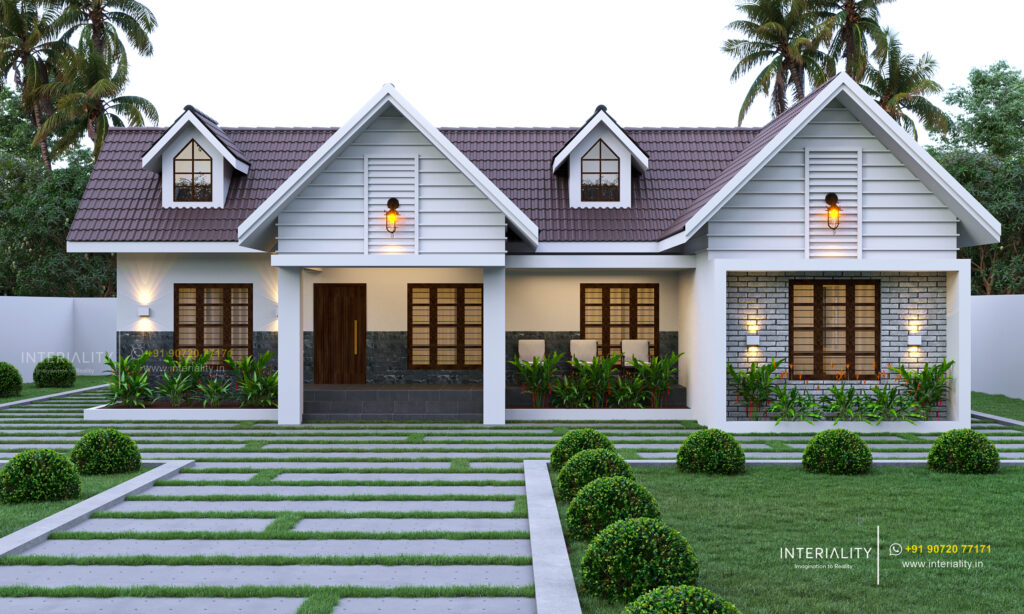
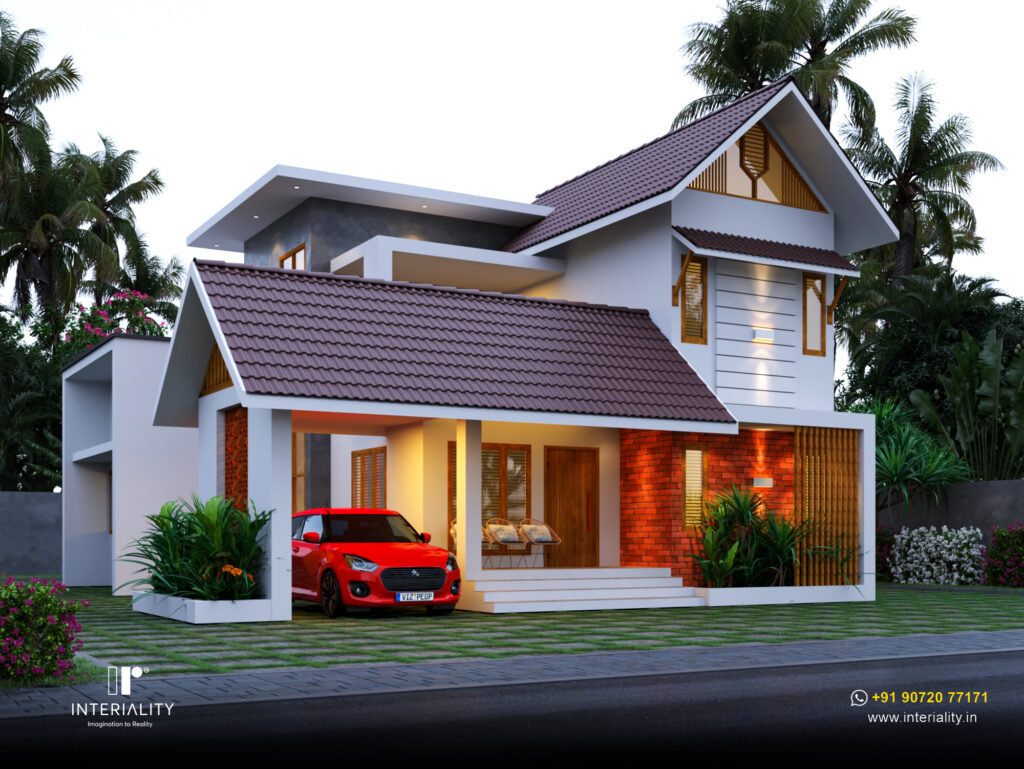
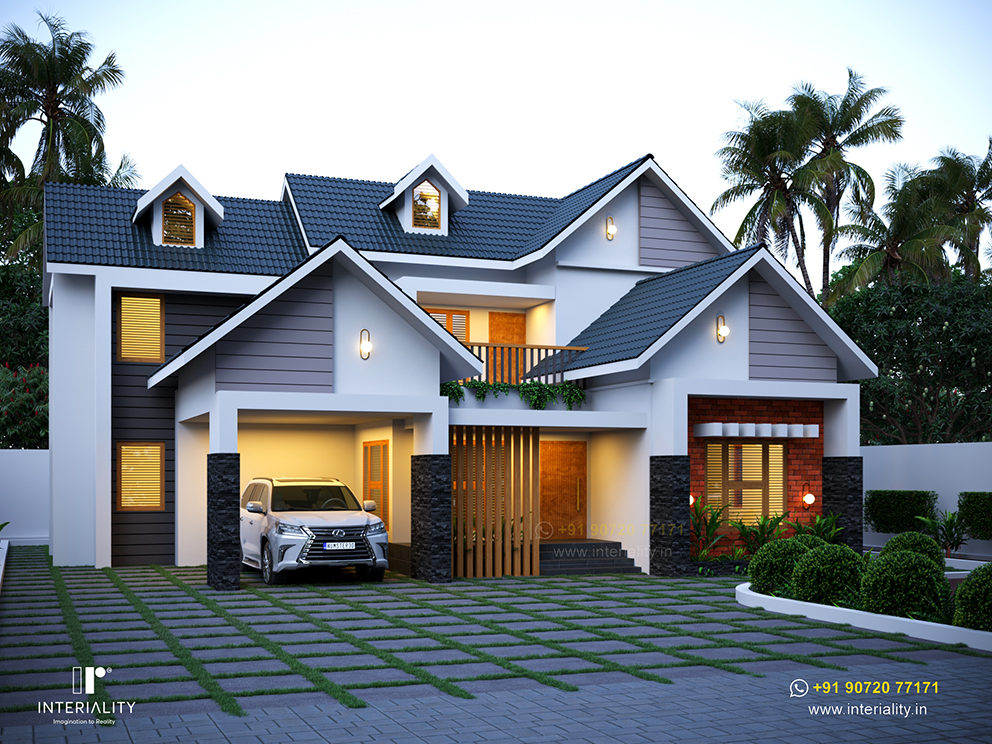
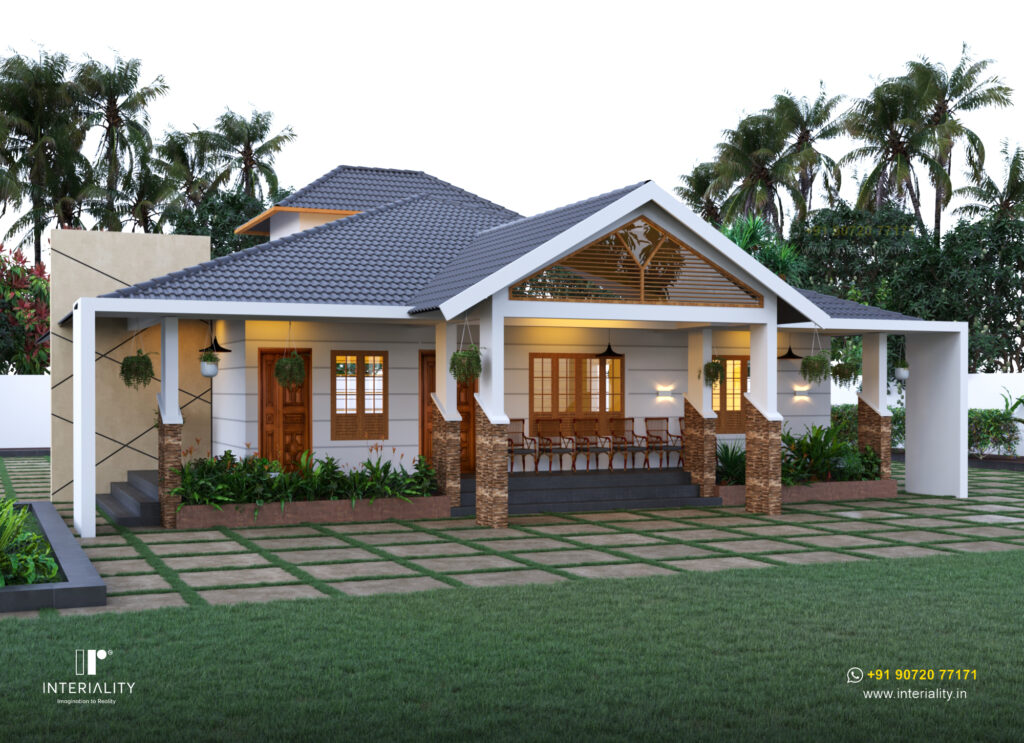
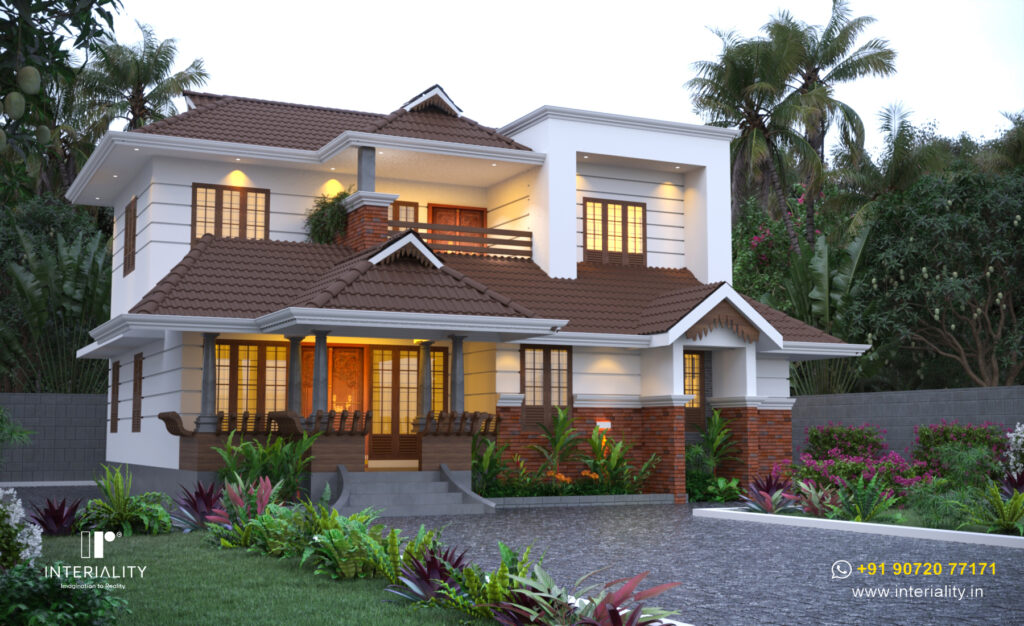
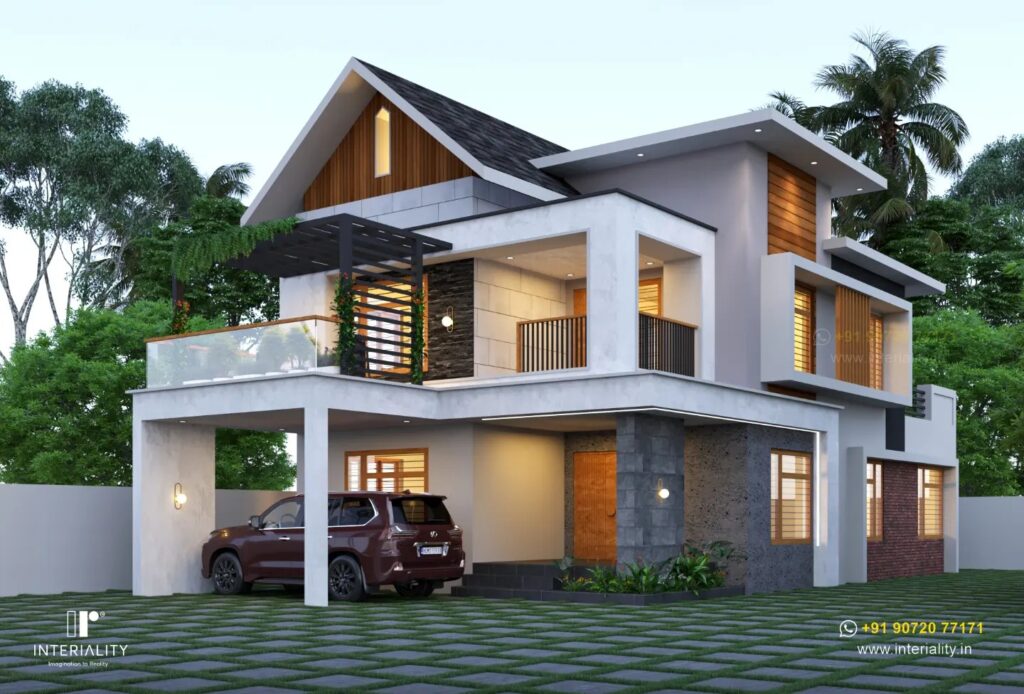


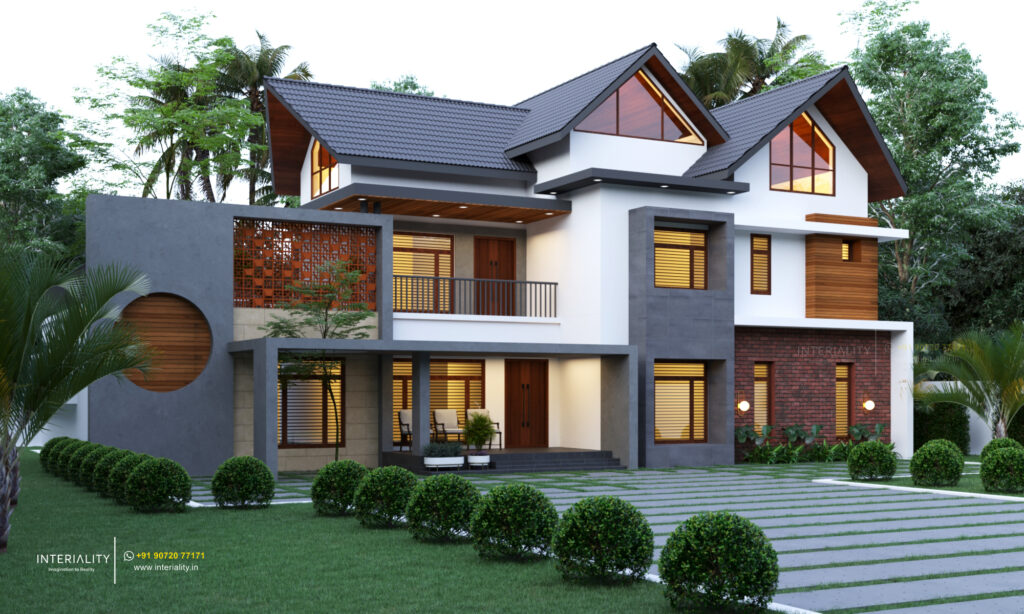



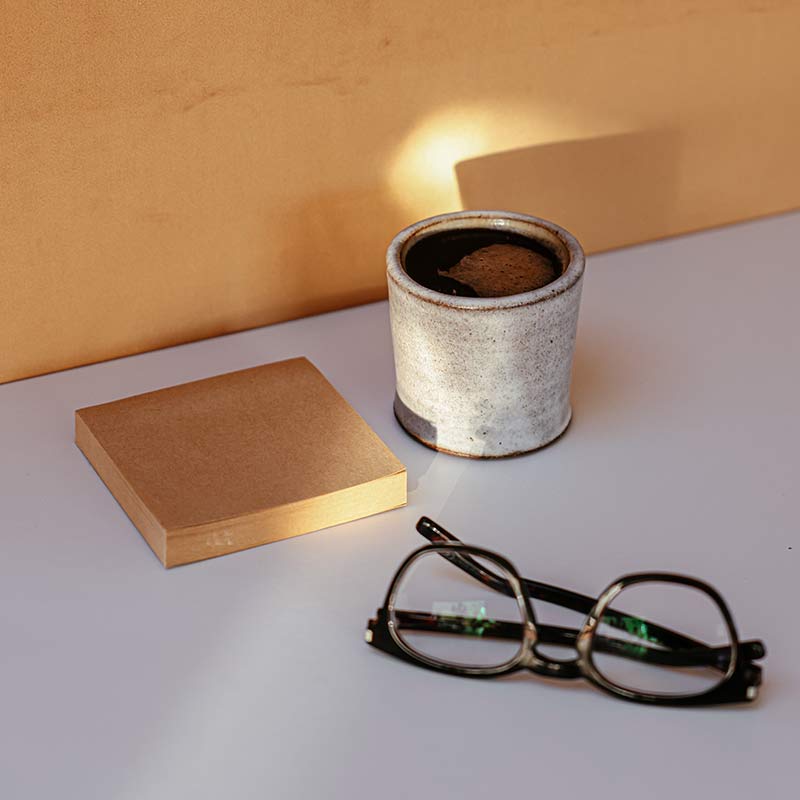

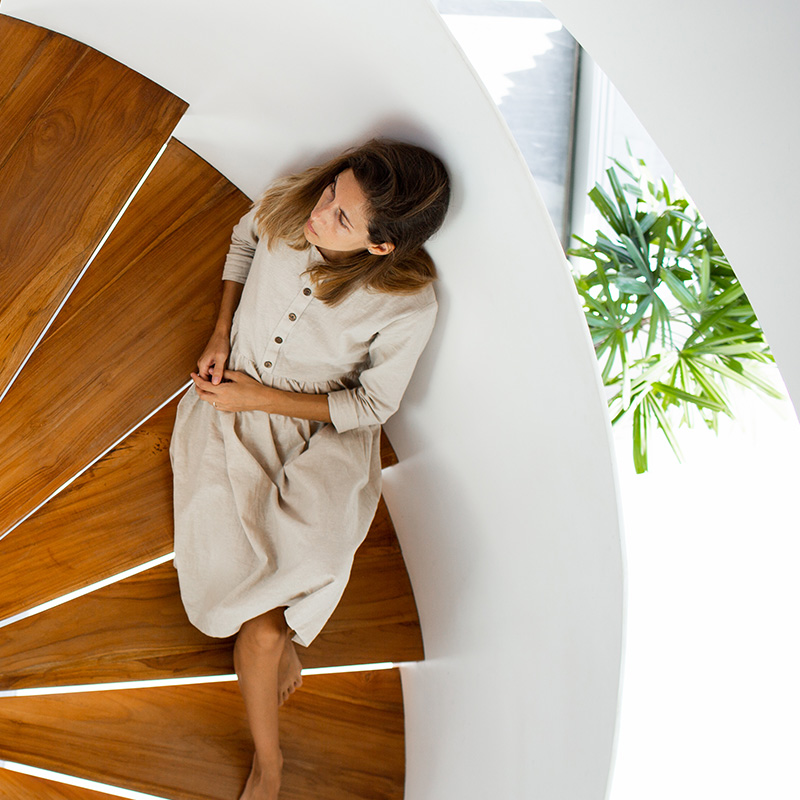
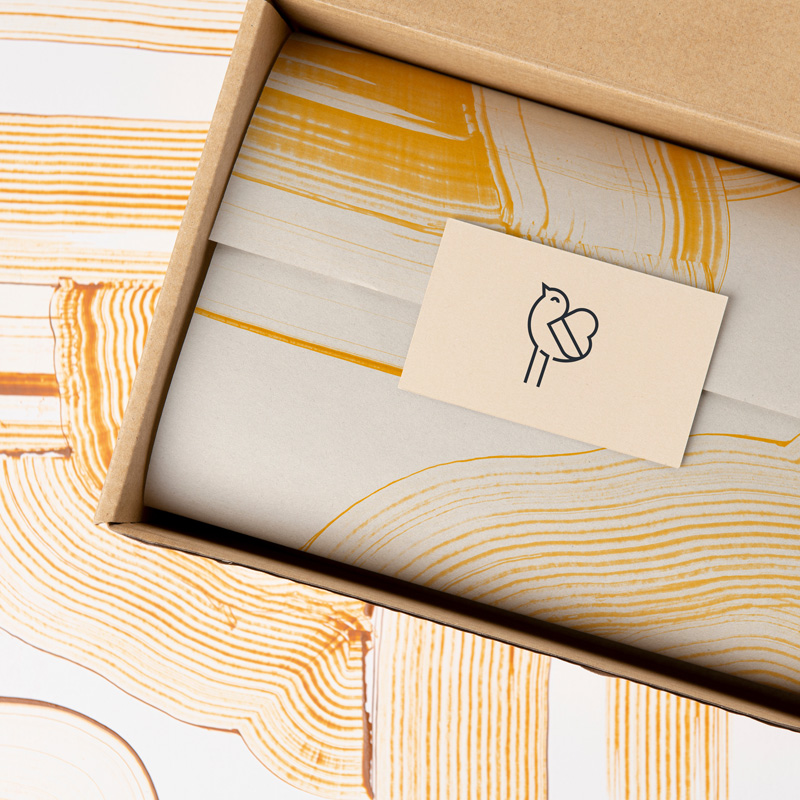
Leave a Reply